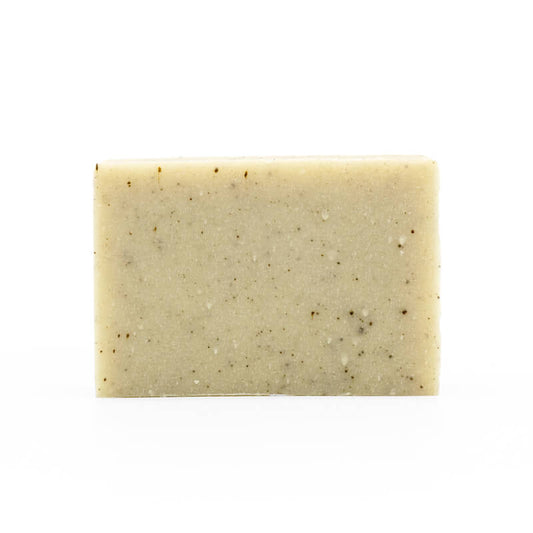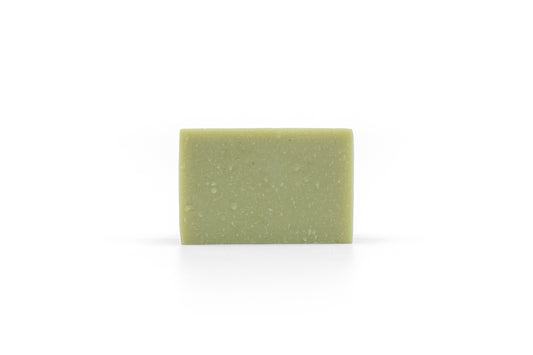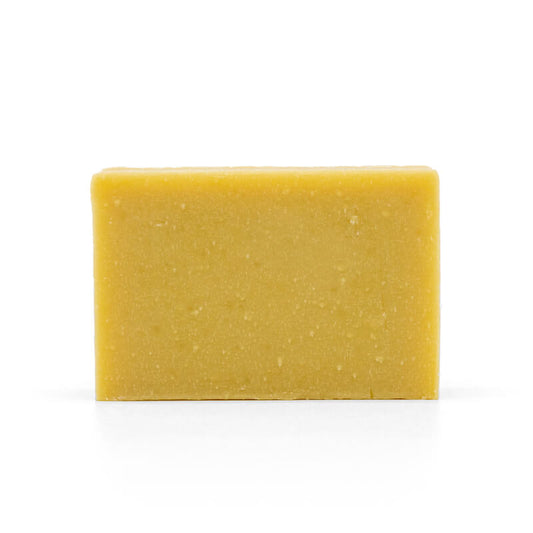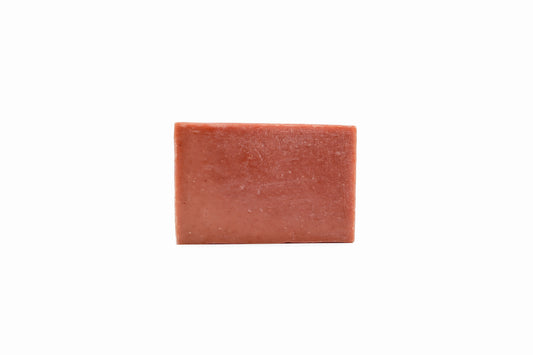Dead Sea Salt

Dead Sea salt appears in numerous cosmetics and self care products. This unusual salt is found in all of Beaverton’s cold process soap bars, and it brings more to the table than the salt found in salt shakers.

A handful of Dead Sea salt "pearls" ; Image: Wikipedia
As one might guess, Dead Sea salt is salt that is harvested from the Dead Sea. An environmental feature famous the world over, the Dead Sea is located on the western border of Jordan, in the middle of the Jordan Rift Valley where it is primarily fed by the Jordan River. Among the reasons for its fame, the Dead Sea is located well below sea level, so far below sea level that its shores are regarded as the lowest point of dry land on Earth’s surface. It is partially for this reason that the Dead Sea holds such a large concentration of salt, as its low elevation makes it the end point for all rain runoff in the immediate area; this heavy concentration of salt is the Dead Sea’s namesake, as there is too much salt in its water for any organism to survive there. The supersaturated waters of the Dead Sea even seem thicker than typical salt water, and they are so salt heavy that humans can float on the waters’ surface with little effort. These salts leech into the soils around the Dead Sea and crystalize along its shores, where it can be easily collected for human use. Dead Sea salt is not merely composed of sodium chloride however, the salt most commonly used as a seasoning on food, but instead it contains multiple mineral salts brought to the Dead Sea by rains.

Salt crystals forming on the shores of the Dead Sea in west Jordan ; Image: World Nomads/Getty Images/Artur Debat
It is the unique mineral composition of Dead Sea Salt that makes it such a wonderful addition to cold process soap. A small portion of Dead Sea salt is composed of sodium chloride, which has a beneficial effect on the physical properties of soap while it is being mixed, but Dead Sea salt is mainly composed of magnesium chloride and potassium chloride. Both of these mineral salts can help to stabilize the skin’s protective barrier and aid in preventing excessive bacterial growth. Dead Sea salt is also famous for its reputed ability to soothe certain skin conditions, with its use as a dermatological medicine scratching back to ancient Egypt. Today, both Dead Sea salt and Dead Sea mud are popular for use as part of skincare treatments. Dead Sea mud is harvested from the shores of the Dead Sea, and it has a thick pasty texture which makes it easy to apply to the skin as a mask or body wrap, where it provides a deep cleansing effect and helps to remove dead skin cells.

A deposit of Dead Sea mineral mud on the shore of the Dead Sea ; Image: Wonder Travel & Tourism
The combined action of sodium, magnesium, and potassium is what makes Dead Sea salt so special and so desirable as part of one's self care routine. Thanks to the unusual nature of the Dead Sea and its waters, Dead Sea salt has become a beloved ingredient in Beaverton’s soaps.







